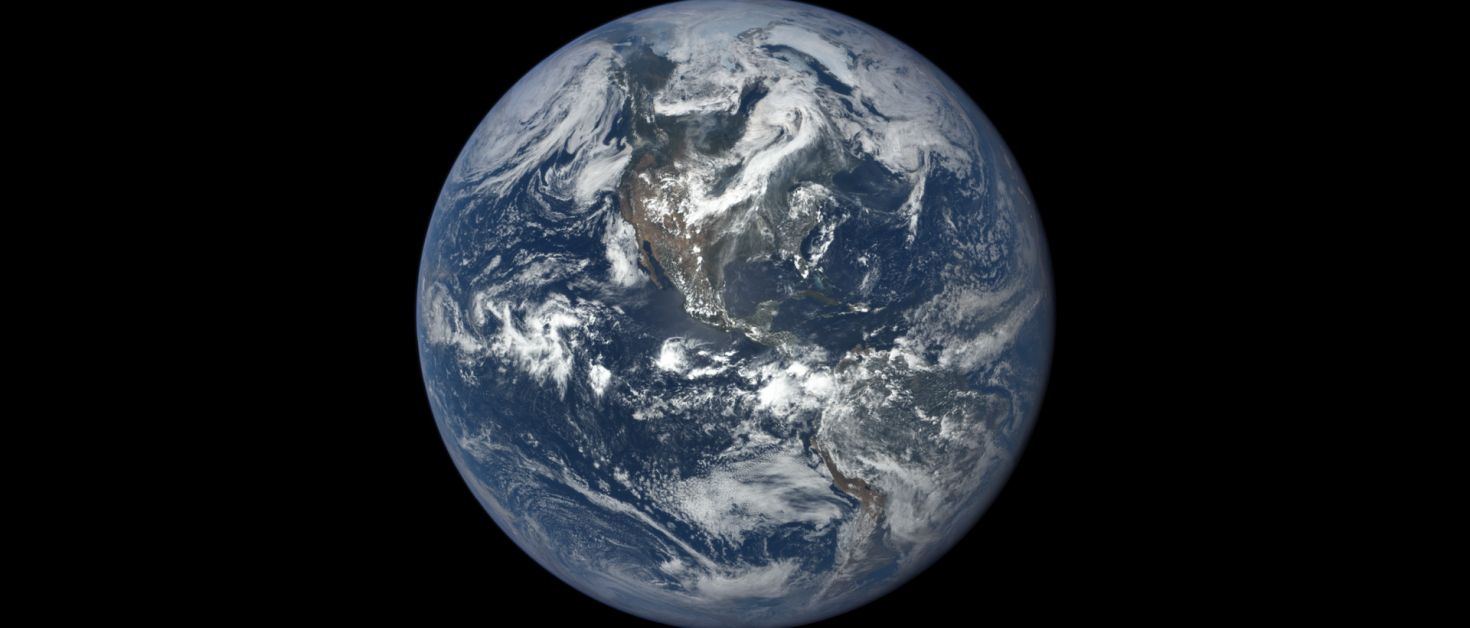You must be aware that the Earth's rotational axis is tilted by around 23.5 degrees. But did you know that the Earth wobbles as it spin around its axis; just like a spinning top that is almost falling off ?
Unbelievable, but true ! This short blog explains about this wobble effect, also called as Earth's Axial Precession.
What is the resaon?
Every celestial body, irrespective of size or mass, has its own gravitational pull. We know that the Earth feels the strong gravitational force of the Sun. However, Moon's gravitationa force also affects the motion of the Earth. Moon may be much much smaller than Sun, but remember, it is much much closer. Remember that the high tides and low tides are the effects of Moon's gravity !
Our Earth is not completely spherical. Its shape is Oblate Spheroid.
Due to the centrifugal force, the Earth is little 'bulged' at the equatorial region. This centrifugal force is the same force that causes you to move away from the center of a giant spinning wheel in a play park. The non-uniform gravitational forces of the Sun and the Moon pull on this bulge and cause the Earth to wobble as it spin around it axis, just like a spinning top that is almost falling off.
It is very slow process. Precession of Earth’s rotational axis takes approximately 26000 years (25,772 according to wiki) to make one complete revolution.
The ancient astronomer Hipparchus first estimated the precession of the Earth's axis around 130 B.C.

Okay, So how it is related to the Polestar?
Polestar or Polaris is very special to us! If you haven't already read about the Polestar, checkout this short article: Things you must know about the Polestar !
Polestar is almost above the Earth's North Pole and hence its position in the sky is fixed. It appears that all the stars (including the Sun), revolve around the Polestar.
The Earth’s axis is pointing somewhere near Polaris in Ursa Minor constellation, hence north star today is Polaris.
In this 26000 year precession cycle, the direction in the sky to which the Earth’s axis points goes around a big circle.
Almost 5,000 years ago, Thuban in the constellation of Draco (Alpha Draconus) was the north star, and was used by the ancient Egyptians.
In 13,000 years from now, precession will bring Earth’s rotational axis near Vega in Lyra constellation. That time, Vega will become our north star.
The south celestial pole currently lacks a bright star to mark its position, but over time, precession also will cause bright stars to become south stars. As the celestial poles shift, there is a corresponding gradual shift in the apparent orientation of the whole star field, as viewed from a particular position on Earth.
There are many other consequences of Earth's Precession, however purpose of this blog is to keep it simple. For more technical details, please visit Wikipedia.
Please let us know what you think of this article by leaving a comment.
Amateur Astronomers Group

